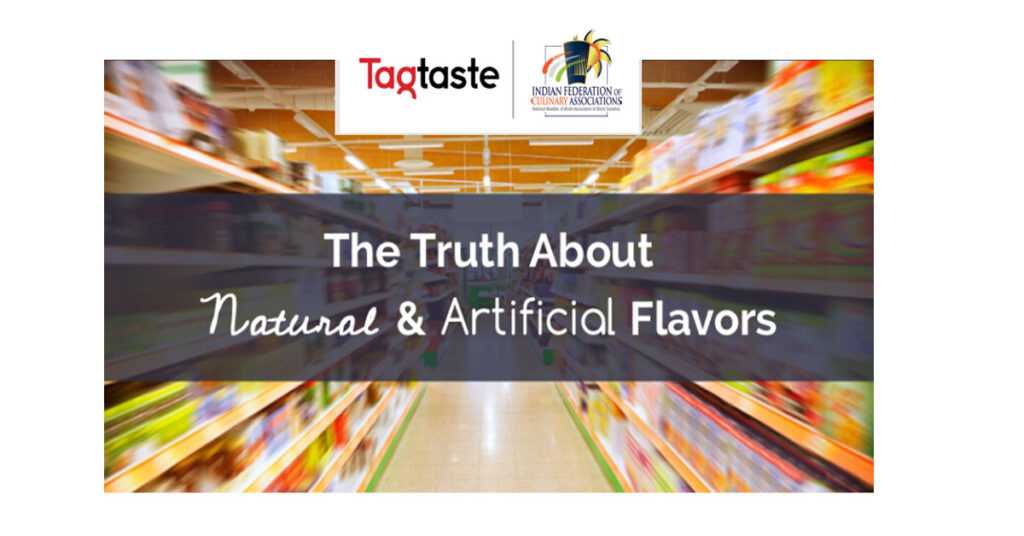
The first thing to learn is that natural and artificial flavors aren’t that different from each other, at least not chemically.
There’s an assumption when you have an all-natural label declaration, that somehow you’re opting out of the tweaking and the futzing about that you get when you have flavor systems made by flavor houses—that’s not how it works.
Both natural and artificial flavors are synthesized in labs, but artificial flavors come from petroleum and other inedible substances, while “natural flavor” can refer to anything that comes from a spice, fruit or fruit juice, vegetable or vegetable juice, edible yeast, herb, bark, root, leaf, meat, seafood, poultry, eggs, dairy products, or anything fermented from those foods
So is natural really better for us?
Nutritionally, there is no difference between them. Usually, what’s nutritional in the food is not the flavor molecule. The fact is, both natural and artificial flavors are often used to make processed foods enticing,
That’s where the flavorists come in
The flavorist job is to understand, on a molecular level, what flavors are made of. Flavorists are also responsible for identifying flavor trends, even traveling on scouting expeditions to discover the next big flavor.
Passionfruit is big right now. To create a passionfruit-flavored product with actual passionfruit for, IFF flavorists would need to consume a quarter of the world’s passionfruit supply. That’s not cost-effective. Instead, the flavor team will look for cheaper sources that mimic the fruit’s molecular fingerprint. They’ll order fresh passionfruit from a supplier and taste it, then identify what they taste using a special lexicon of words (think of the wine wheel). From there, the company’s R&D labs identify the molecular fingerprint of the fruit and try to match those compounds to compounds available in the flavor lab.
The sulfur-containing volatiles in passionfruit are very similar to the ones in grapefruit, so the volatiles derived from grapefruit might be used in a passionfruit flavor system. And despite the fact that these flavors are blended in a lab, they’d still be considered natural on a label. Once the flavorists develop the recipe for a flavor blend, it’s industrially manufactured at a production plant, which is basically a giant kitchen.
So how do you know what you’re getting into?
The FDA doesn’t require food labels to say what’s in their “natural flavor” unless the ingredients include a common allergen like milk, egg, fish, shellfish, tree nuts, wheat, peanuts, or soy. If that’s the case, you’ll see a disclaimer below the ingredient list. But if you’re allergic to a less common allergen, like sesame, apple, or banana, you’ll have to contact the manufacturer directly to see if that ingredient is part of a product’s flavor blend.
For those of us who want to know exactly what’s in our food, well, we’re not going to get clarity any time soon. Some vendors, like Whole Foods, publish a list of unacceptable ingredients banned from their products, but it’s unclear whether that list applies to natural flavors. It seems the only way to know what’s in your food for sure is to cook from scratch with basic ingredients and trust the O.G. flavorist, Mother Nature, to make it taste good.
